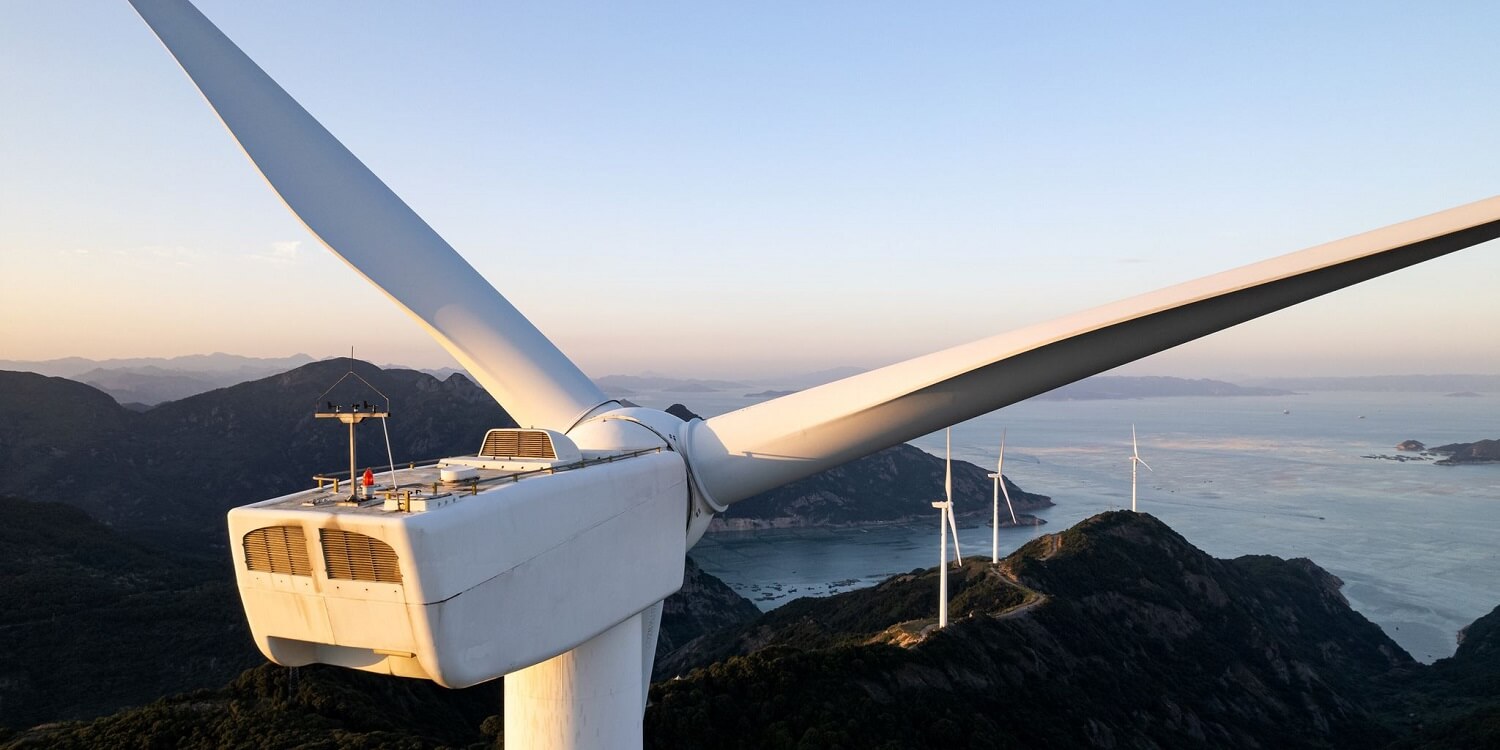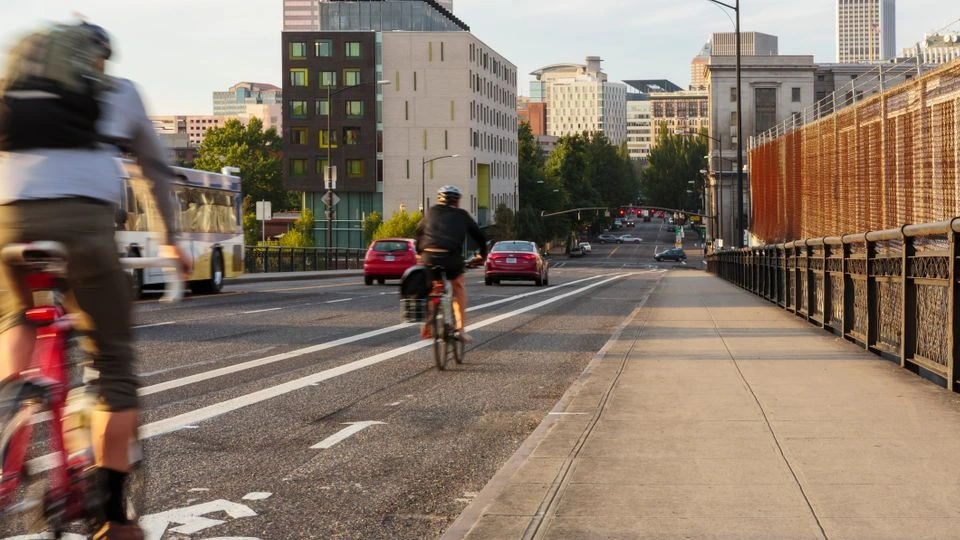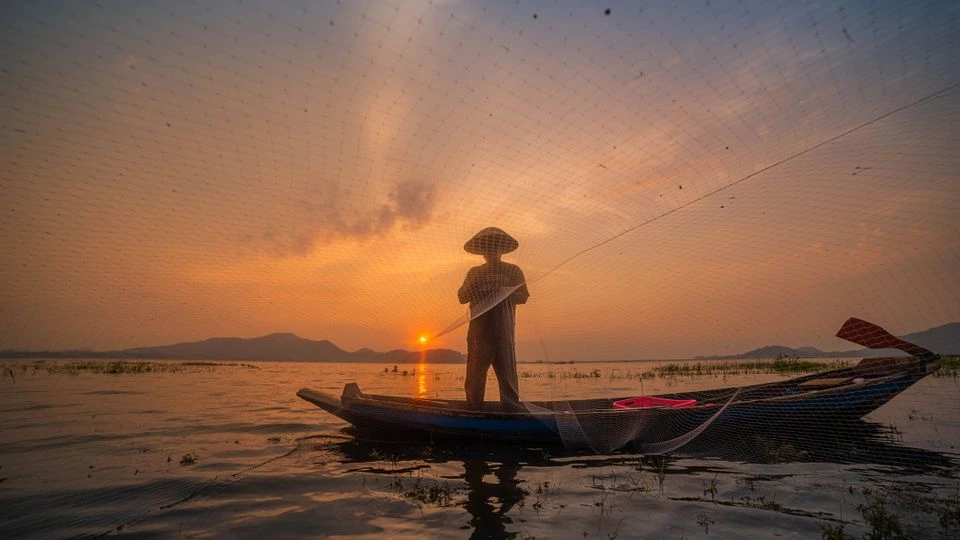
No country scores very highly for human development without also damaging the planet, according to the Human Development Report 2020 from the United Nations Development Programme (UNDP). Generally, the larger the economy and better citizens’ quality of life, the greater the footprint a country leaves on Earth.
With the populations and gross domestic product (GDP) of large developing countries like India expected to rise significantly over this century, the potential damage that could be caused by unsustainable production and patterns of consumption is considerable.
The report also found that the effects of climate change will be most felt in the poorest countries which could experience up to 100 more days of extreme weather a year by 2100. Despite being responsible for causing the most climate change, richer countries will experience 18 fewer days of extreme weather than poorer countries. But, additional days of extreme weather for the poorest countries in the world could be cut by up to a half if the Paris Agreement is met.
As the chart below shows, as countries increase their economic output, they leave a greater mark on the environment. There are some outlying countries that perform a little better, but no one is in the sweet spot.
Reducing carbon emissions generated from human activity and lowering the impact we have on our planet will likely take more than one approach. But according to the Human Development Report, just 20 nature-based solutions could deliver 37% of the emission reductions needed by 2030 to keep warming below 2C.
Whether it is possible to “decouple” resource use from economic development (sometimes referred to as “green efficiency” or “green growth”) is the subject of debate. But by changing social norms, introducing incentives and nature-based solutions, countries might be able to minimise climate impacts while improving their economies. These solutions can create livelihoods, reduce disaster risks and protect the planet.
In Portland Oregon, US, and Amsterdam, the Netherlands, riding a bike is the norm – but it wasn’t always the case. While bikes have been synonymous with the Netherlands for generations, it was only in the 1970s that Amsterdam began to improve the safety of cyclists as a result of public campaigning. Following the lead of the Dutch city, similar grassroots movements in Portland have led to 12 times as many bike commuters as the US national average.
In both cities, cycling became the fashionable thing to do, growing in popularity in a relatively short space of time, while driving short distances began to be seen as socially unacceptable. While in isolation increasing the number of cyclists in a city will not make a huge difference to a nation’s carbon emissions, it shows the power of changing social norms to create positive climate actions. The Covid-19 pandemic showed that dramatic changes in behaviour can happen overnight. Can climate-positive behaviours be encouraged in a similar way?
“Contagious, fast-spreading behaviours” could play an important role in rapidly reducing our carbon emissions, says Ilona Otto, a professor in societal impacts of climate change at the Wegener Center for Climate and Global Change at the University of Graz in Austria, although more evidence is required to establish the extent of any reductions that could be made.
For example, “flight shame”, the idea that we should feel guilty for taking avoidable flights, is a movement that began in Scandinavia but has spread worldwide. “If you start to feel bad about doing something, then you search for alternatives,” says Otto, but adding that sometimes, like with flight shame, the alternatives are attractive but not always possible (it can be cheaper to take a short-haul flight than to travel by train, for example).
In Sweden, flight shame, or flygskam, appears to be having an effect: 23% of Swedes reduced their air travel between 2018 and 2019 (before the Covid-19 pandemic).
While designing entire cities to be bike-friendly might require significant infrastructure changes, like the introduction of segregated cycle lanes and large public bike stores, smaller acts can have a positive effect too.
It can take as little as 3.5% of a population participating in a protest movement to bring about change, according to research by the political scientists Maria Stephan and Erica Chenoweth, although the exact dynamics depend on many factors like the political culture in the country. While 3.5% sounds like a very small proportion of a population, the researchers say that far more people will agree with the movement, even if they do not actively join in.

So, a small group of protestors can change the minds of the population more widely, but social movements might require a bit of help, says Otto. In Amsterdam, for example, adverts for flights and cars have been banned on the public metro network.
Otto adds that many climate-positive behaviour changes come with other benefits, too. “We call it the co-benefits of climate policy.” In the case of cycling, Otto points out that not only does it reduce emissions, it can improve cyclists’ health, air quality and reduce noise pollution.
When people’s access to water, food, income and sanitation comes into competition from industries, it’s the environment that often loses out.
For example, the villagers of Boon Rueang in northern Thailand are dependent on seasonal wetlands as a natural water source for agriculture and consumption, while the diverse habitat that it provides supports wildlife unique to the region.
But, the wetlands are under threat from industries, like tobacco factories and fisheries, that are also competing to use the water. A dam built in the 1930s on the Iong River upstream of Boon Rueang, turned seasonal wetlands into a permanent reservoir called Phayao Lake for the purpose of supporting the fisheries industry. However, damming the river has meant the wetlands downstream receive less water.
“The [dam] and the establishment of large factories in the area contributed to the huge transformation of the wetlands,” says Khun Burm, a wetland coordinator for the Boon Rueang Wetland Forest Conservation Group. “Right now, local farmers and industry are competing to be the first to take the water to use for agricultural activities.”
But can protecting nature benefit both people and industry too?
Boon Rueang Wetland Forest Conservation Group is working to preserve this scientifically important site through education, fundraising, and research. One of the most important steps has been to establish who can and cannot take from the wetlands.
“We have a controlled zone to limit some activities such as fishing with certain equipment,” says Burm, adding that people are only allowed to take animals or plants for food in certain seasons with some areas of the wetlands reserved just for locals.
“People in the area also have to adapt themselves to the current situation,” he says. “The water level is much lower, the varieties of fish are also much less and the geological aspects have changed. For example, Nong Bua Noi Lake used to get water during the rainy season from July to October, but that’s not the case anymore.”

“The people who are affected the most are people who are fishing in the nearby river,” he says. “For the Ing River, we used to have 283 types of fish, now there are only 87 types of fish in Boon Rueang wetlands.” Villagers are playing their part by breeding fish native to the river using a mobile hatchery in order to preserve the local biodiversity.
What Boon Rueang Wetland Forest Conservation Group’s work shows is that the needs of local people can be protected and a nation’s economy supported without destroying habitats. But it requires willingness from the public and from industry, and the formal protection of scientifically significant areas.
Another potential way to mitigate climate change while improving human development is the use of incentives such as carbon credit schemes, or “carbon offsetting”. Schemes like this allow a person to pay a certain amount of money to cover an emission they have contributed to (say an extra charge on top of the cost of a flight) which is then invested into an environmental project, aiming to balance out the emission.
Carbon credit schemes, which most commonly happen in developing countries, can take the form of reforestation to soak up carbon or investing in clean energy so a community can utilise that instead of fossil fuels, but they don’t all work that way. Some work to avoid future emissions altogether rather than offsetting existing ones.
Yaeda Valley, in northern Tanzania, is home to indigenous Hadza hunter-gatherers who until 2010 had no legal right to the land they live on. But the formal recognition of their rights has allowed the Hadza to earn money by becoming environmental custodians of the valley.
The Hadza partnered with Carbon Tanzania to sell carbon credits through the voluntary carbon market. Like the Boon Rueang Wetland Forest Conservation Group, the Hadza-Carbon Tanzania partnership was the recipient of the Equator Prize, which is given to initiatives led by indigenous communities that focus on nature-based solutions for sustainable development.
Carbon Tanzania is a “reducing emissions from deforestation and forest degradation” (Redd) scheme, and aims to prevent future emissions of greenhouse gases by protecting forests – avoiding emissions that would be made if those forests were felled.
The Hadza people have a 20-year contract with Carbon Tanzania, over which time it is estimated that without their intervention 445,000 tonnes of CO2 equivalent (CO2e) would be emitted from deforestation on their land. Carbon Tanzania calculates their carbon credits based on reducing those emissions by 90% and allowing for an additional 20% buffer, meaning that they have a total of 320,000 tonnes of CO2e in carbon credits to sell (or 16,000 tonnes of CO2e each year).
The Hadza are given money in exchange for patrolling their land and monitoring for signs of deforestation, in the hope that it discourages people from cutting down trees. The money comes from companies who pay Carbon Tanzania for carbon credits, which is then shared among the Hadza community and it is up to them to decide how to use it (for example, on healthcare or education). In return, the community commits to patrolling their land and sending back data and photos showing degradation, tree felling and wildlife.
“I am a [Hadza] child who has been able to go to school [as a result of funding from selling carbon credits],” says Regina Safari, who is now a community coordinator for Carbon Tanzania. Part of her role is to act as a liaison between community scouts, village leaders and Carbon Tanzania.
“And when it comes to healthcare there is tremendous change,” she adds. “Previously, the Hadza people used only herbs as their traditional medicine. But after the establishment of this carbon project, the Hadza take their sick to hospitals where they access medical and counselling services and doctors’ advice.”
This type of carbon credit scheme is not without its critics. Instead of sequestering carbon by, for example, planting new trees, Redd schemes estimate future emissions caused by deforestation and forest damage and try to avoid them. As a result, Redd schemes do not contribute to additional sequestration of greenhouse gases, and Redd areas can overlap with pre-existing protected areas so proving that Redd financing enabled the avoided emissions is challenging. Furthermore, if there is no longer a financial incentive for a group to protect an area, they might not continue to do so.
While it may seem like human development comes at a cost to protecting the environment, solutions such as making a city more cycle-friendly or protecting a whole river watershed show that the two do not have to be mutually exclusive.
And while each solution is not perfect, it shows that in fact, human development can benefit from protecting nature. “The lives of [the Hadza] depends on these forests,” concludes Safari. “It is for this reason that my people are happy with the project.”
This article was peer reviewed on behalf of the International Science Council.